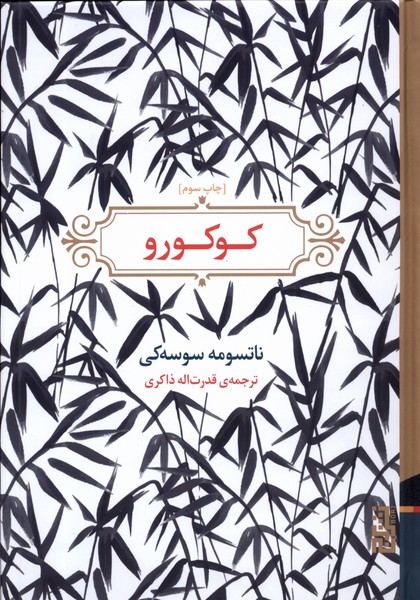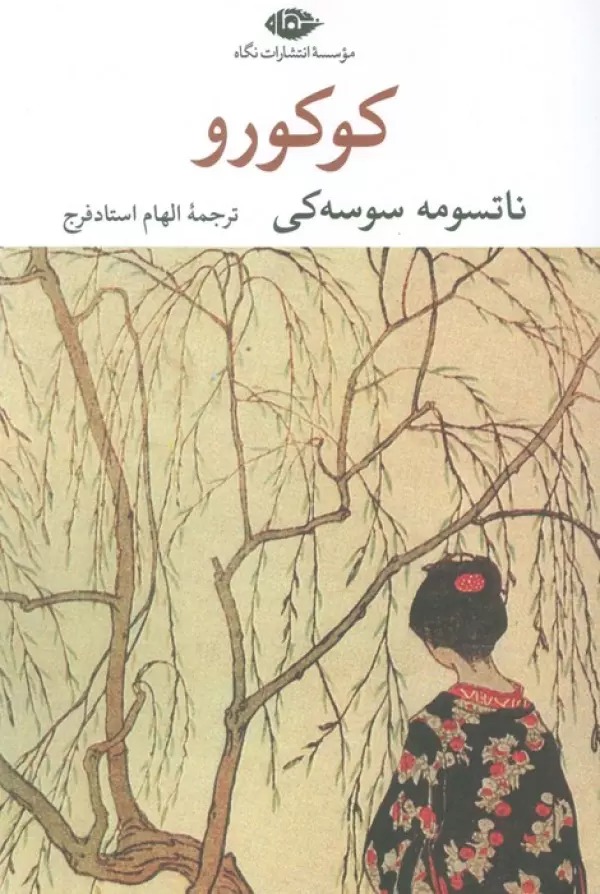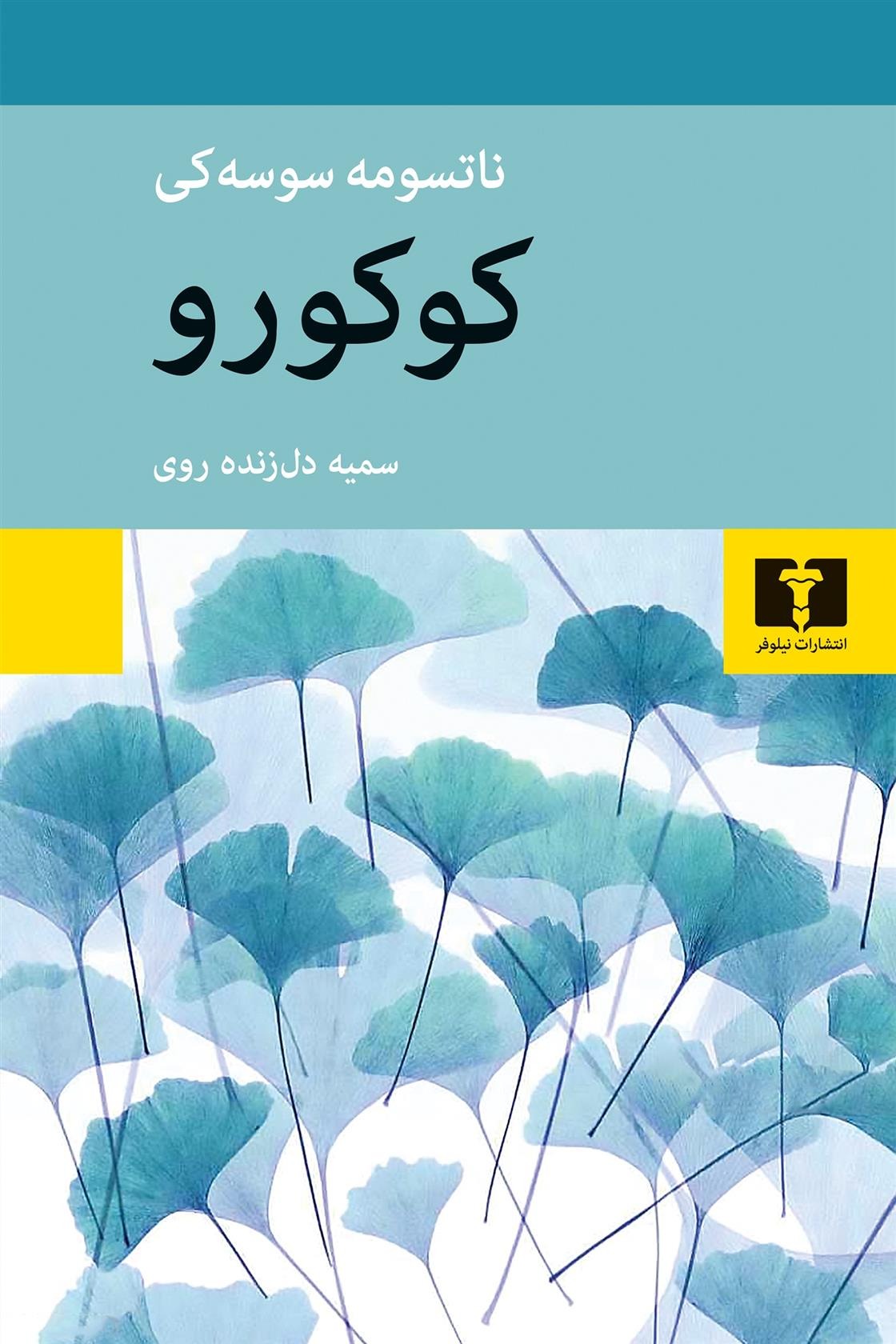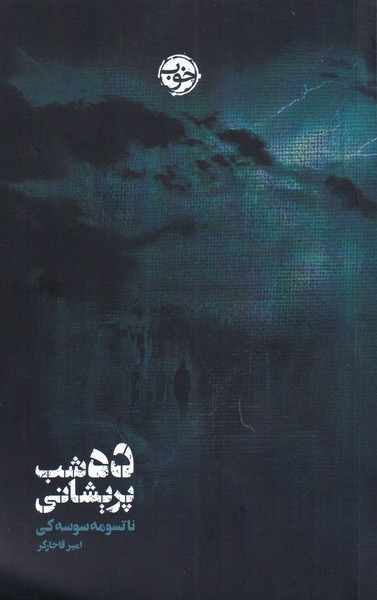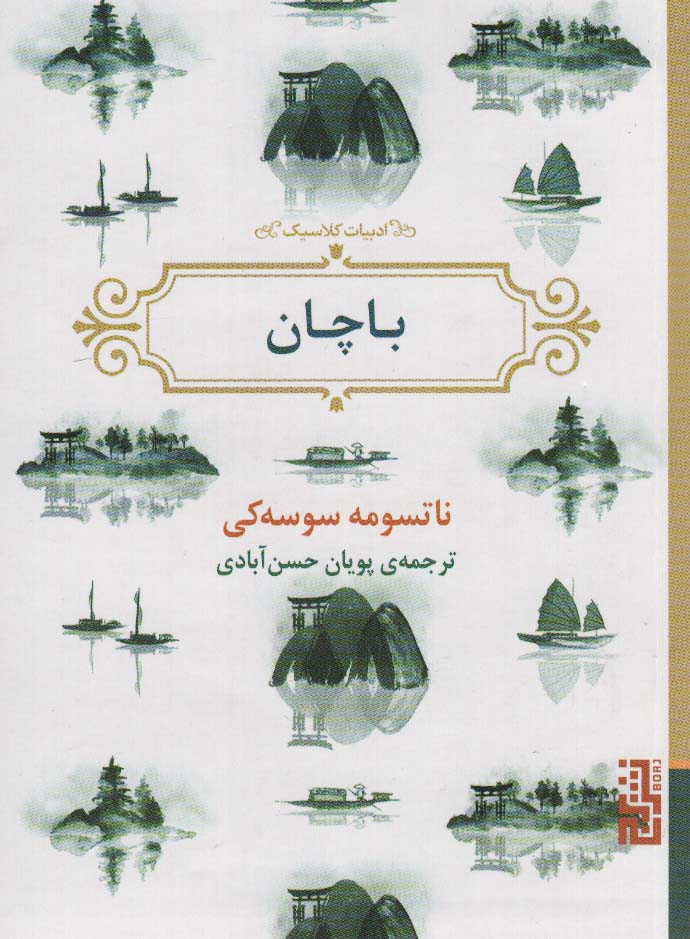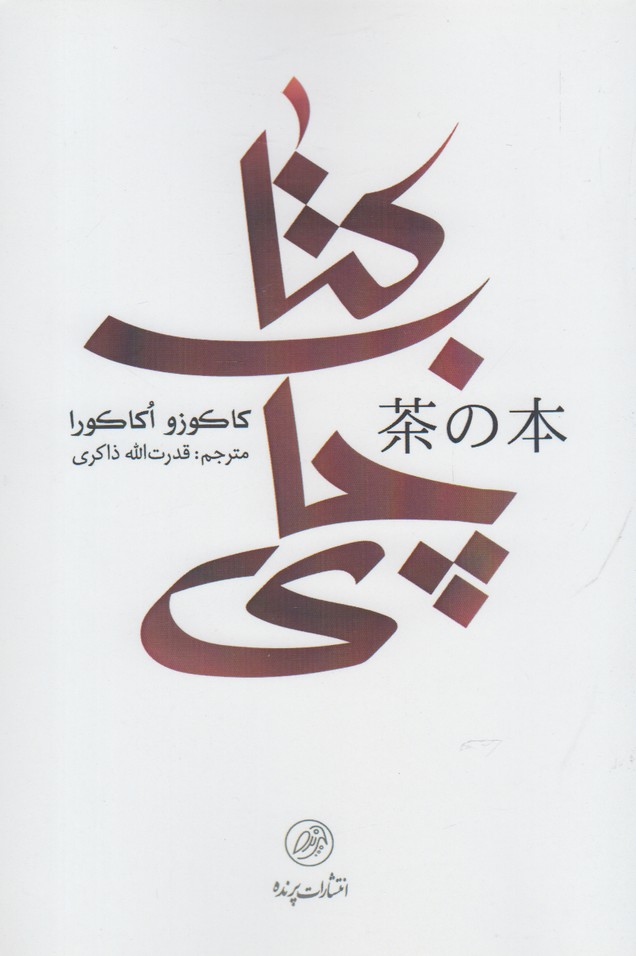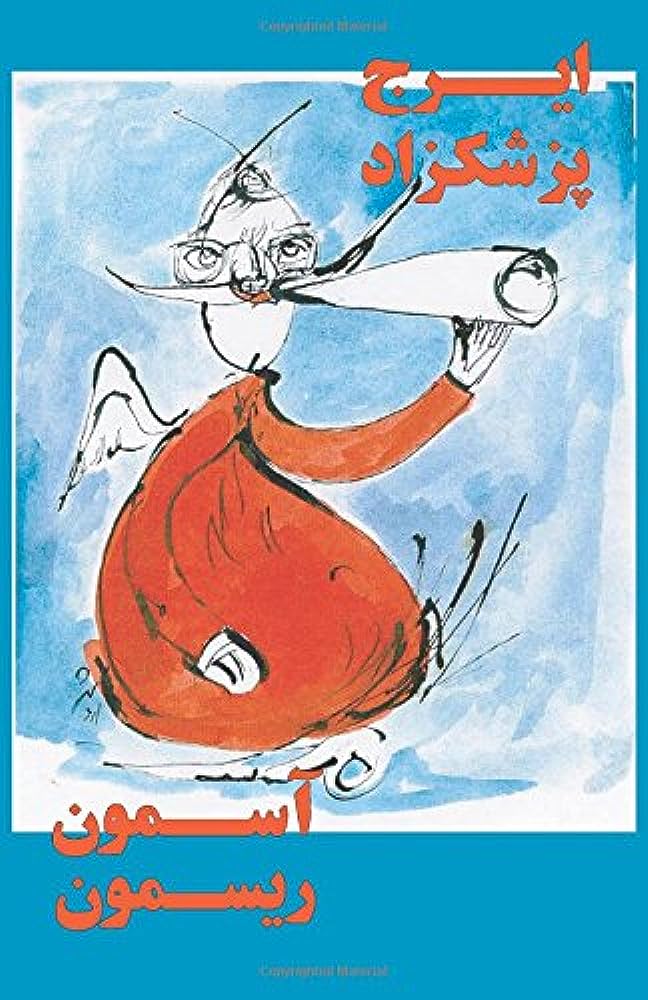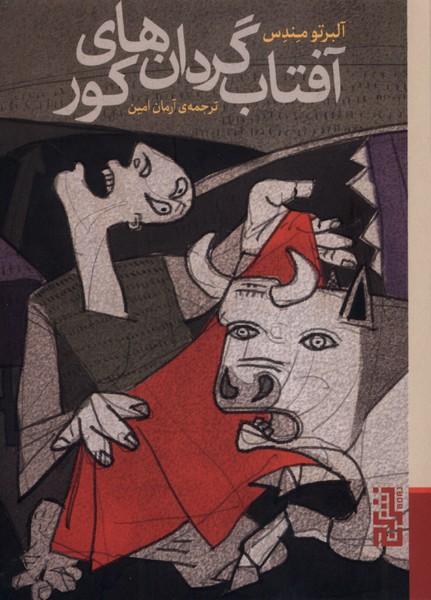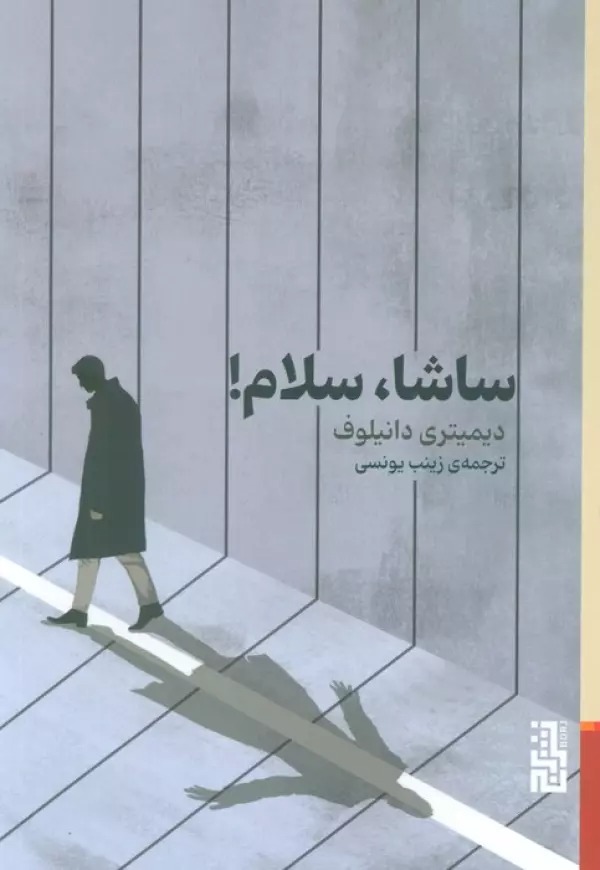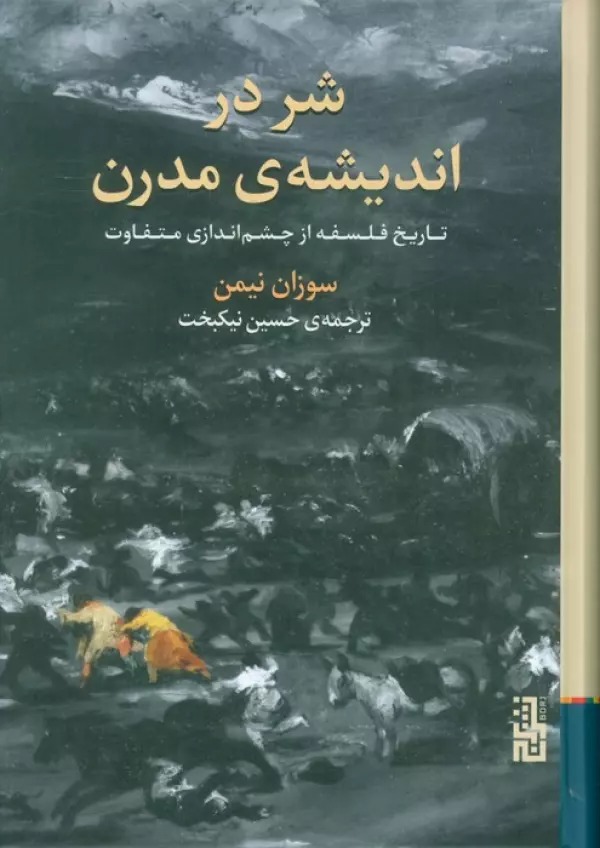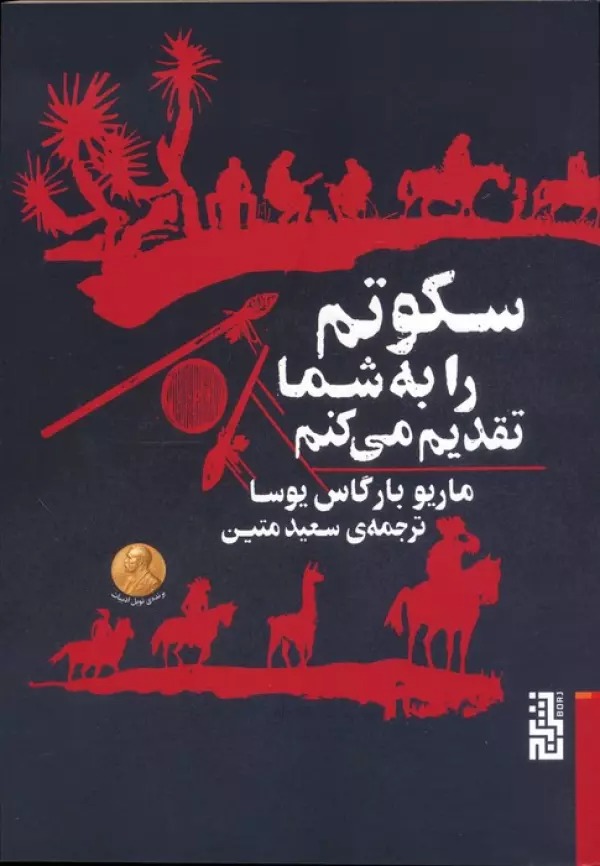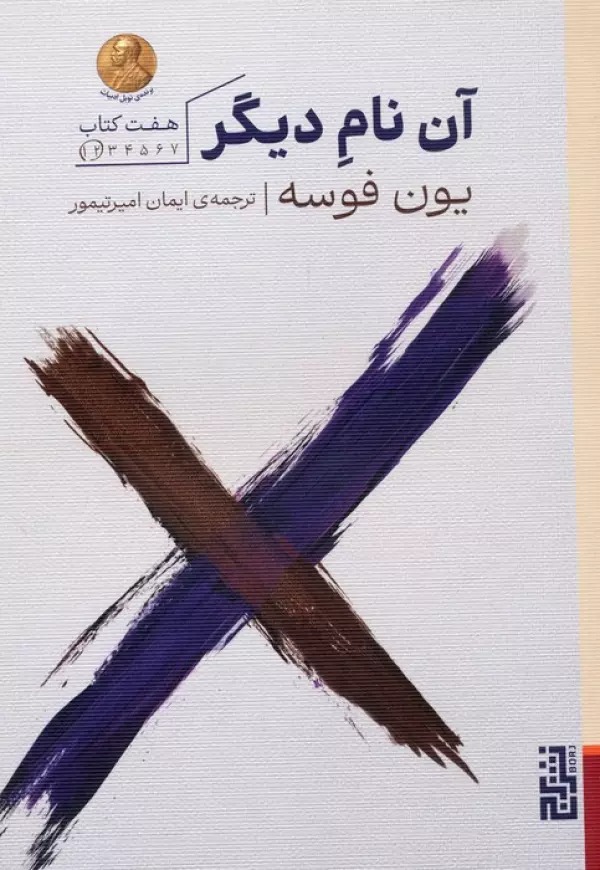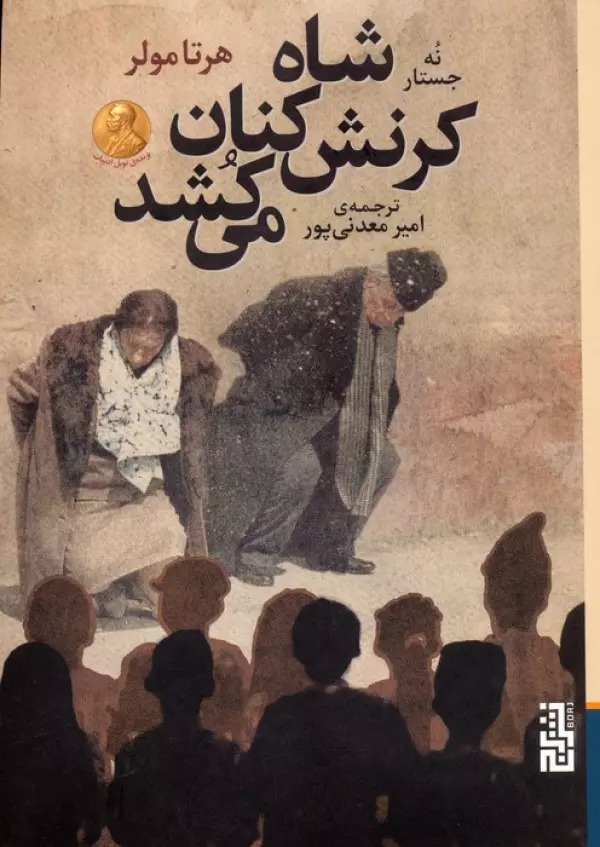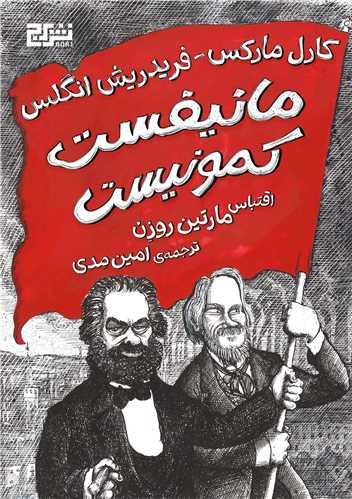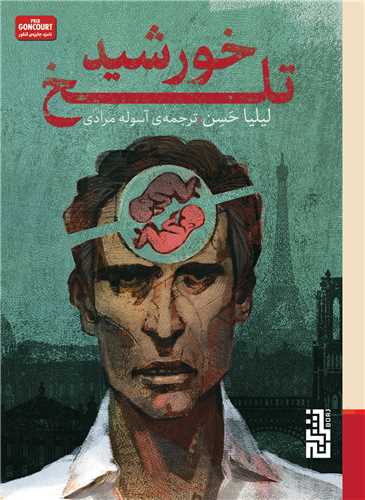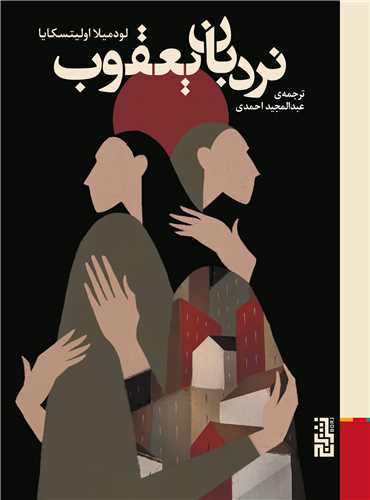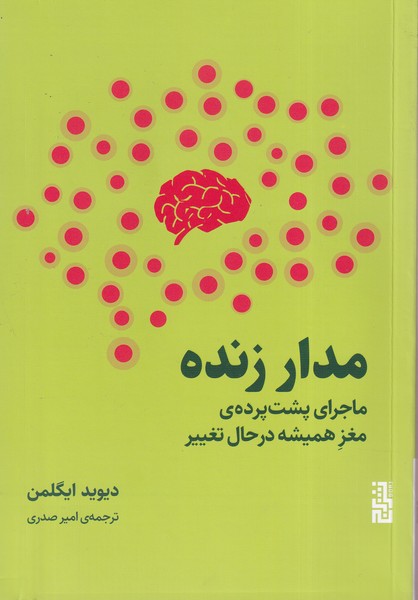Kukuraw: Persian 1402
کوکورو
189 SEK
Share
Wishlist
ISBN:
9786227280555
Translator:
Qudrat-allāh Z̲ākirī
Publisher:
Burj
Age Group:
Adult
Pages:
240
Weight:
172 g
Dimensions:
14 x 21 x 3 cm
Book Cover:
Hard Cover
The Japanese have shaped their architecture in praise of shadows and all presences resulting from the intersection of light and darkness; That faded, opaque, half-life, and ponderable space as if they are going to see something invisible by pushing it into the realm of shadows, more and better. A kind of penetration into the depths of objects, things, nothing! Japanese literature and cinema have always been on the same path, from Natsume Souseki, Yasunari Kawabata, Yasujizu Ozu, and Kenji Mizoguchi to Kubo Abe, Haruki Murakami, and Kiyoshi Kurasawa. If Japanese cinema is generally portraying the space between things, its modern literature, led by Natsume Souseki, has considered the depth of things. The book "Kokoro", which is hidden in its name, "Heart of Things", is one of the forerunners in bringing to literature a situation that can be interpreted as the movement of Japan from Meiji to Taisho. The Meiji era, which is one of the strangest political-social experiences of the past two centuries in terms of returning power to the absolute realm of the emperor, with the aim of modernizing a country, caused fundamental changes in the mind and language of Japanese people. The Taisho era was a continuation of the achievements of the Meiji era, but without the obligation to preserve the Japanese intellectual foundations, and that was the reason why the general public of the Meiji era could not bear the Taisho period. Souseki was very troubled and sad, which was the end of his last trilogy, "Kokoro", which contains both the sadness of the inevitable death of an era carrying strength and glory and the impatience of this loss and the necessity of following the one who has gone! Kokoro is the final result of that literature which believes that Japan is the ghost of the ghostless world and the negation of this spirit, this ghost, is the result of constant wandering.
more
ژاپنیها معماریشان را در ستایش سایهها و همهی حضور حاصل از تلاقی نور و تاریکی فرم دادهاند؛ آن فضای محو، مات، نیمهجان و قابل تعمق. گویی قرار است چیزی ندیدنی را با راندنش به قلمروی سایهها، بیشتر و بهتر ببینند. نوعی نفوذ به اعماق اشیاء، چیزها، هیچها! ادبیات و سینمای ژاپن هم همواره در همین مسیر بوده است، از ناتسومه سوسهکی، یاسوناری کاواباتا، یاسوجیزو اوزو و کنجی میزوگوچی تا کوبو آبه و هاروکی موراکامی و کیوشی کوراساوا. اگر سینمای ژاپن عموما در حال تصویر کردن فضای میان چیزها بوده، ادبیات مدرنش به سردمداری ناتسومه سوسهکی، به ژرفای چیزها نظر داشته است. کتاب «کوکورو» که در نامش، «قلب چیزها» نهفته است، یکی از پیشقراولان به ادبیات درآوردن وضعیتیست که میتوان حرکت ژاپن از دوران میجی به تایشو تعبیرش کرد. دوران میجی که از حیث بازگرداندن قدرت به ساحت مطلقهی امپراتور، آن هم با هدف مدرن کردن یک کشور، یکی از عجیبترین تجربههای سیاسی – اجتماعی دو سدهی گذشتهی جهان است، موجب تغییراتی اساسی در ذهن و زبان انسان ژاپنی شد. دوران تایشو ادامهی دستاوردهای میجی بود ولی بدون الزام به حفظ بنیانهای فکری ژاپنی و به همین دلیل بود که عموم تربیتشدگان زمانهی میجی تاب تحمل زمانهی تایشو را نداشتند. سوسهکی هم سخت آشفته و اندوهناک بود که پایان تریلوژی پسیناش شد «کوکورو» که هم اندوه از مرگ ناگزیر عصری حامل صلابت و شکوه را در خود دارد و هم بیتابی از این فقدان و ناچاری رفتن از پی آنکه رفته است را! کوکورو نتیجهی غایی آن ادبیاتیست که معتقد است ژاپن، شبح جهان بیشبح است و نفی این روح، این شبح، ارمغانش سرگردانی مدام است.
more

